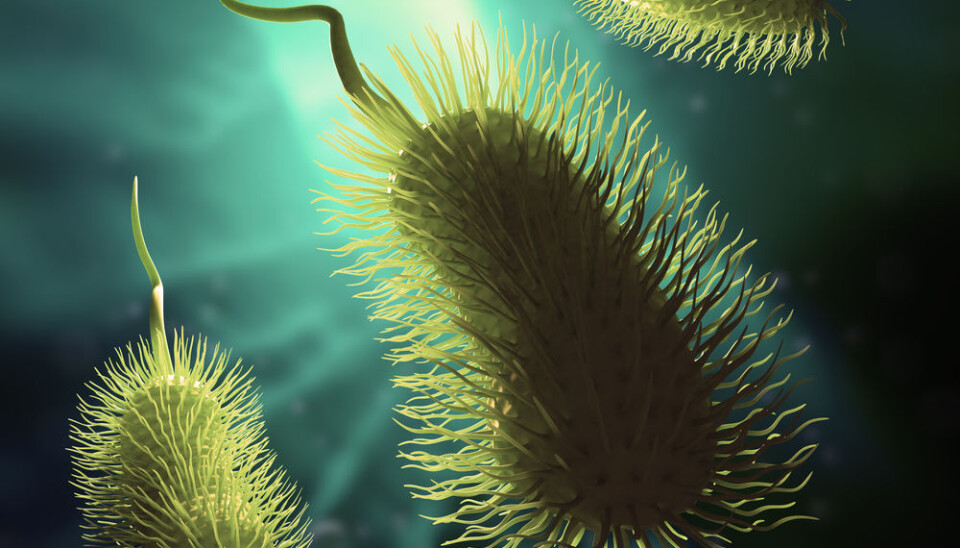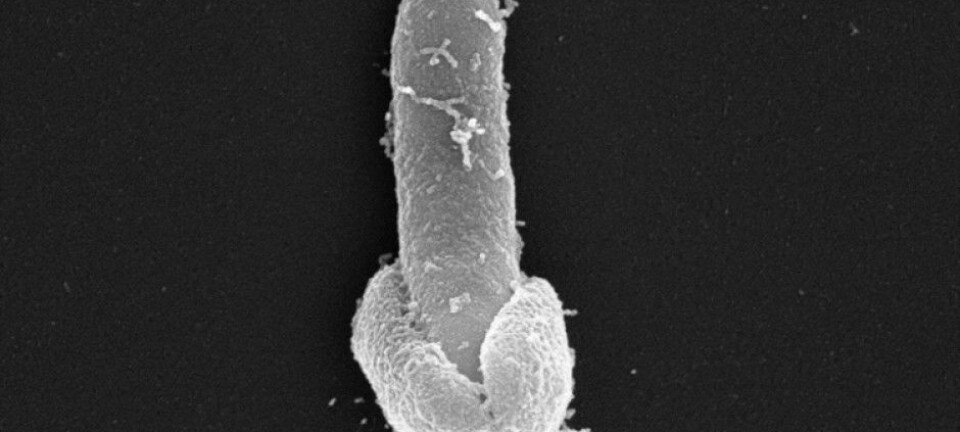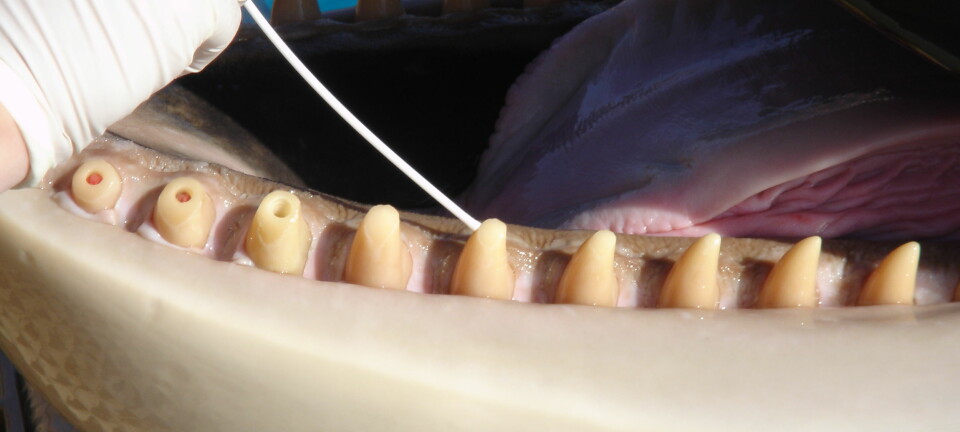
Surprising bacteria discovery has puzzled scientists
A new species of bacteria has been found in a Danish man with blood poisoning. The bacteria's closest relative lives in the alimentary tract of African termites.
Ulrik Stenz Justesen is a consultant at a laboratory department at the University of Southern Denmark where they receive and analyse samples from seriously ill patients. One, day, he and a colleague received a sample taken from a patient admitted with blood poisoning.
In the blood sample, they come across a bacteria they had never seen before.
"We ran a number of comprehensive DNA analyses in an attempt to find out what we had found," explains Justesen, an assistant professor in clinical microbiology at the University of Southern Denmark and a consultant at the Department of Microbiology at Odense University Hospital.
It turned out to be an entirely new species, he says. “To our surprise we discovered that the closest relative of this bacteria was one found in the alimentary tract of termites in Congo's rain forests.”
"Finding this bacteria is really odd. It has been described in entirely different places and then suddenly turns up in a patient in Odense. It's a bit like coming across the Loch Ness monster,” he says.
The bacteria find has been published in the science journal Genome Announcements.
The bacteria and its Congolese relatives
The newly found bacteria has been given the fitting name Terrisporobacter othiniensis, after the city where it was discovered; Othiniensis is Latin for Odense.
Although most reminiscent of the termite bacteria, the scientists do not believe the man has been in contact with these insects. The bacteria is likely to be one, which like thousands of others live in the human gut but which accidentally ended up in the blood of the patient, explains Justesen.
“The bacteria is an anaerobic bacteria, so it is highly likely to have transferred from the patients gut into his bloodstream. How we don't know -- but probably through a perforation in the gut.”
When a patient is found with a new bacteria in their blood it could give cause for concern -- but it shouldn't, says Justesen.
No cause for concern
The bacteria may well have been the reason for the man getting ill and being admitted to hospital with blood poisoning, but according to Justesen it’s nothing to be too worried about.
“This is the first case in the whole world. It also means that many years have gone by without the bacteria making people ill. Every single human being has as many as a thousand different bacteria in their intestines and in this instance the bacteria found its way into the bloodstream. The patient didn't get seriously ill, but it was a hint that something else was wrong,” says Justesen.
The fact that the bacteria may be quite normal in our part of the world but hasn't been discovered before now is supported by Professor Thomas Bjarnsholt from the Department of Immunology and Microbiology at the University of Copenhagen.
“Bacteria don't respect national boundaries -- they can go anywhere. We have lots of bacteria in our intestines which do no harm at all but which can be nasty if they get into the blood,” says Bjarnsholt. “We are constantly refining the methods we use to find new bacteria, so it may well have caused problems before, we just haven't been able to identify until now.”
-------------------
Read the original story in Danish on Videnskab.dk
Translated by: Hugh Matthews









